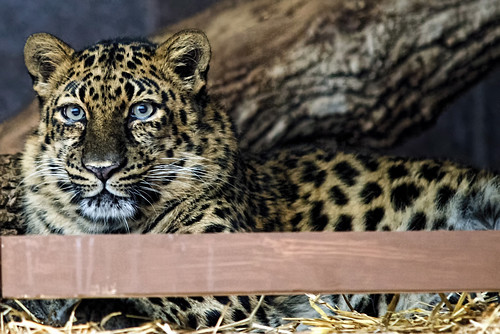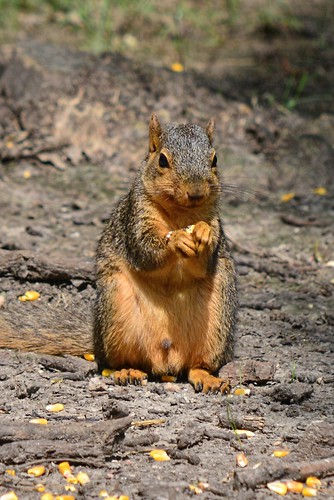- Joined
- May 1, 2008
- Messages
- 25,502
- Reaction score
- 5,111
- Location
- UK - England
- Can others edit my Photos
- Photos OK to edit
- Moderator 🛠️
- #61
Actually its more that humans in general are very believing in the first bit of information we receive regarding something. Thus it takes considerable effort to change our viewpoint away from that first impression.
However there are indeed people who are very hard to move on subjects; part of it is because most people don't study photography; they pick up bits here and there online and in chat and through their own experiences. Cobbled together understanding often leaves huge gaps (esp in theory) which lets any number of wrong ideas slip into place - sometimes (many timeS) they are simply simplifications from teaching theory without the remainder of the theory applied; so they kind of make sense but don't if you actually know what is really going on.
However there are indeed people who are very hard to move on subjects; part of it is because most people don't study photography; they pick up bits here and there online and in chat and through their own experiences. Cobbled together understanding often leaves huge gaps (esp in theory) which lets any number of wrong ideas slip into place - sometimes (many timeS) they are simply simplifications from teaching theory without the remainder of the theory applied; so they kind of make sense but don't if you actually know what is really going on.

 20160703_2547
20160703_2547 20160717_4592
20160717_4592







![[No title]](/data/xfmg/thumbnail/41/41906-b9041eb5a3fa48eb5d5084ac2198a75c.jpg?1734176271)


